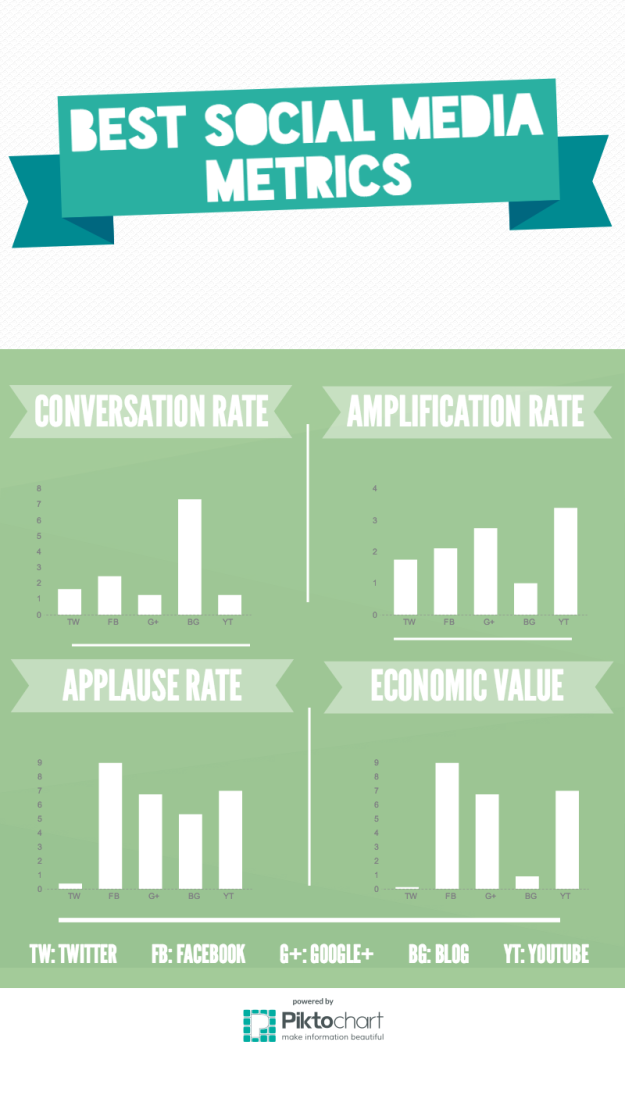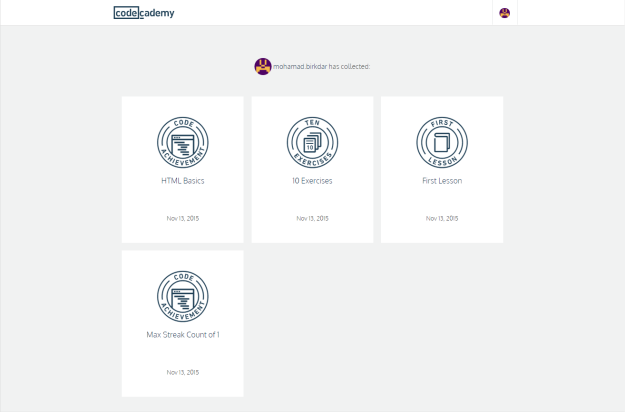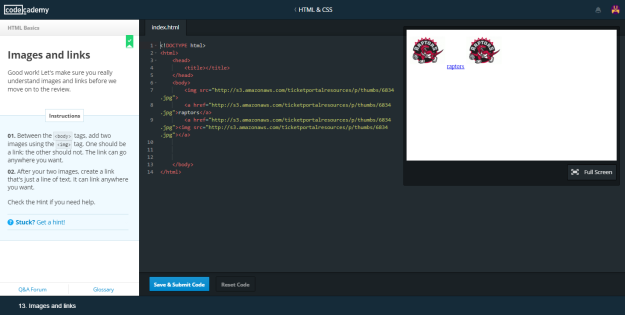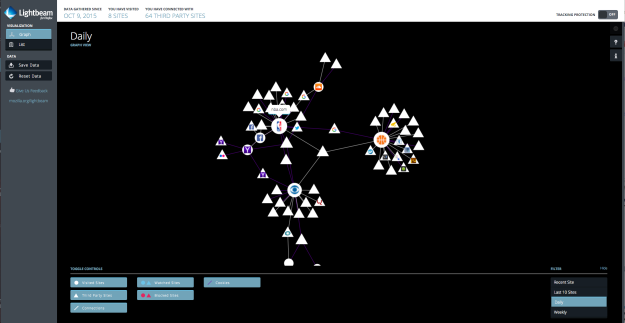SOCIAL MEDIA INFOGRAPHIC
HTML with Code Academy
Appy Pie App
I used Appy Pie to create an app for the company I am currently working at.
Cyber Security PSA
Brand Statement
Is your brand lacking the “it” factor? I have the creativity fueled and inspired by imagination, originality, and hard work to help you bring “it”!
My brand statement was tailored to attract the audience to my services. It captures attention by asking the audience a question to start. The question is quickly followed by statement that describes the qualities, skills, and services that my brand can offer. This allows for the audience to get an idea of what I could provide whether or not their answer to my question was a yes.
When creating brand statement I took a few steps to ensure my statement will leave a positive impact on my audience. First, I tailored the statement to make the audience think they are missing something. The best way to do so was to ask them a question. After asking the question, I had to format the statement to reveal three main aspects of my brand:
- Who am I?
- What do I do?
- What am I looking for?
When considering these three questions, I wanted to be as genuine as possible while delivering the answers is a cultivating and memorable way. I realized that my best attribute is my creativity. I tend to think out-side-the box and use my imaginative mind to inspire creativity. This stems from my experience in graphic design as I have studied graphic design and currently working as a graphic designer as well.
I also wanted to make sure that I mentioned my work ethic. I am very passionate and competitive in everything that I do, whether it’s athletically through sports or creatively on the job. I work hard to make sure I can bring my best to all aspects in life.
Midterm Review: Interoperability and Competition
Competition within the interoperable market has its advantages and its disadvantages. For one, competition in markets for information technologies regularly leads to innovation and wider varieties of services to customers. However, this typically only arises when there is a level of playing field and few obstacles to market entry. Interoperability had a tendency to stimulate competition by making it easier for new players to join the market. Generally, wherever the level of interoperability among technologies in a given market has increased, competition and innovation have followed suit. Furthermore, network effects are crucial to the wellbeing and continuous development of today’s high-tech market. A network effect is the effect that one user of a good or service has on the value of that product to other people. This can help us comprehend why some technologies thrive where others fail as network effects can have a big influence on the way consumers act and can shape how users decide among noninteroperable devices, software, and services. These elements help energize competition in and out of the market.
Alternatively, it is probable for interop to steer the use of a sole technology for a large span of time, which can lead to uniformity. Uniformity may or may not be preferred as some consumers believe using the same technology continuously is just as effective. Though, if it is necessary for everything to be the same, this can result in a lack of innovation. In this case, interoperability may produce a time in where all structures are so standardized that they in-turn become the norm and eliminate diversity and selection. The outcome of standardization is a point of uniformity and this lock-in produced by many organizations structuring through a solitary standard could make it fairly hard to integrate technological advances as they arise. Therefore, corporations have a vital duty of achieving the right level of interop and evade the outcome of falling into uniformity instead of competition.
Light-Beam Experiment
The image above is a representation of the last 20 minutes of my Internet browsing. The Light-Beam Firefox add-on was able to track all the sites that I visited as well as, third-party sites, connections between sites, cookies, and could have also potentially tracked blocked and watched sites.
Throughout the 20 minutes I visited 9 sites. Two of those sites were social media sites (facebook and twitter). As I was scrolling through my social feeds I came across basketball posts and links, which then connected me to NBA.com. From there I visited a basketball form to catch up on my Toronto Raptors news and found a link of a basketball podcast, which I streamed and listened to while continuing my browsing adventure. I then switched over to the CBS sports website to check out some NFL news before all the games on Sunday.
The shocking thing that the Light-Beam add-on shows is the heavy amount of third party sites that connect to the sites you visit. I had never realized how connected the web truly is. After using Light-Beam I feel slightly less secure when using the Internet as it seems like there are many potential sources that can access my information without my knowledge. The vast connections between sites can be dangerous if you visit a site that is not very credible. Light-Beam also illustrate the ease in which your every move can be tracked. All your moves and information can be easily traced, analyzed, and studied.
All in all, the Light-Beam add-on shined a light how connected, traceable, and potentially dangerous browsing through the Internet can really be.
Proposal for Toronto Students
Module 2
1. How would you search for an exact word or phrase?
- Think about what you’re trying to find
- Choose words that you think will appear on the page
- Put yourself in the mindset of the author who used the word or phrase
2. How would you search for something on a specific site?
- Use the command+f function (mac) or control+f function (PC) to search for a key word or phrase that you’re looking for
- Type in the word or phrase in the search bar that pops up and scroll through the word/phrase results that are highlighted on the page until you find the exact point you’re looking for
3. How would you correctly search for a definition?
- If you need to quickly look up the definition of a word or phrase, simply use the “define:” command. Example: define:galore
4. How would you search for a specific product available within a specific price range?
- You can do this by using the X..Y modifier. This type of search is useful for prices, years, or anywhere where you want to provide a series of numbers. Example: nike shoes $100.. $200
5. How would you search for a specific filetype?
- If you’re looking to find results that are of a specific type, you can use the modifier “filetype:”. For example, you might want to find only PowerPoint presentations related to digital media. Example: “digital media” filetype:ppt
6. How would you include or ignore words in your search?
- If you want to exclude a specific word(s) from your search result you can use the “-” function to do so. Simply use the “-” sign in front of the word you want to exclude. If you wanted to search for salsa but wanted to only find results based on salsa the food rather then the dance you would use this. Example: salsa -dance
7. How would you find sites/pages similar to an existing one?
- If you want to include a word in your search, but also want to include results that contain similar words or synonyms. To do this, use the “~” in front of the word.Example: “digital media” ~electronic media
8. How would you confirm the exact form of a quote even if you were missing some of the words?
- To search for a quote in the exact form adding the double quote function to the beginning and end of the quote will filter your results. This is particularly helpful when searching for a song through the use of a quote from the song. Example: “when venus goddess beauty and love”
9. How would search for pages containing two connected words?
- If you’re looking for any one of one or more terms to match, then you can use the OR operator. (The OR has to be capitalized). Example: marketing OR advertising
10. How would you search for social media content containing a specific tag?
- To search for a specific tag on the numerous social media sites add the “#” symbol before your search. Remember to leave no spaces between words. Example: #livestrong



